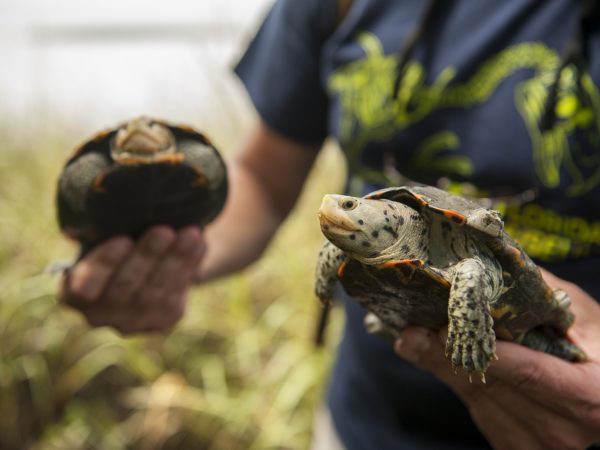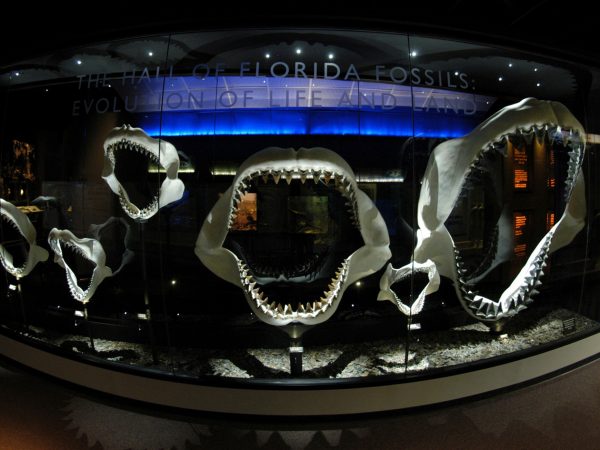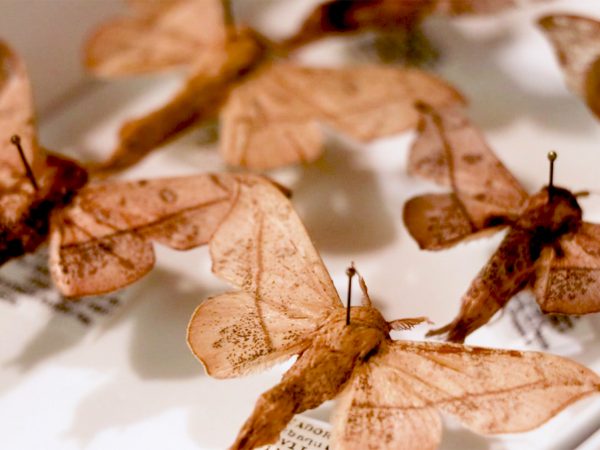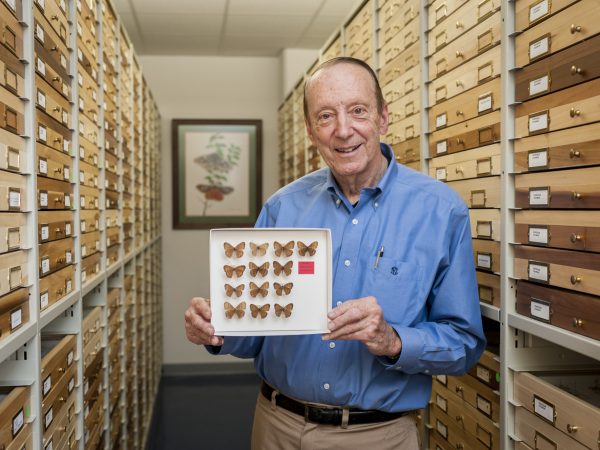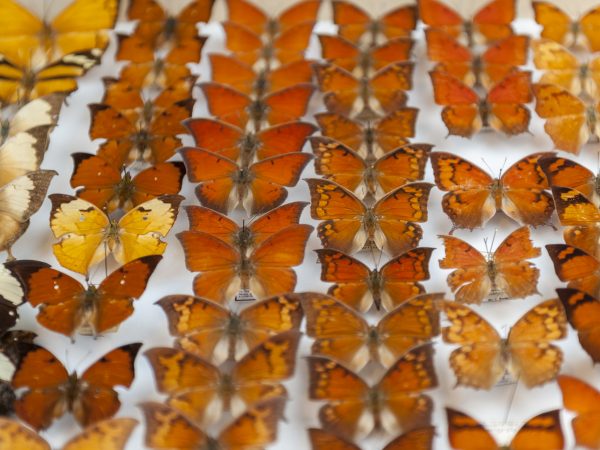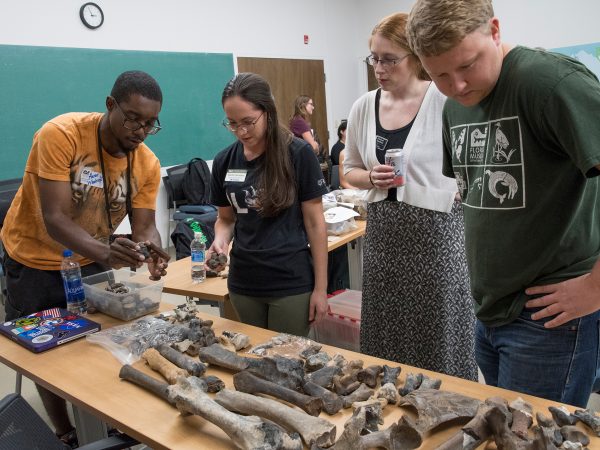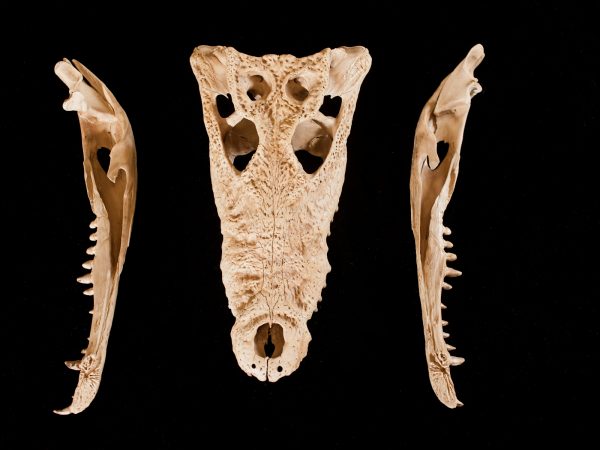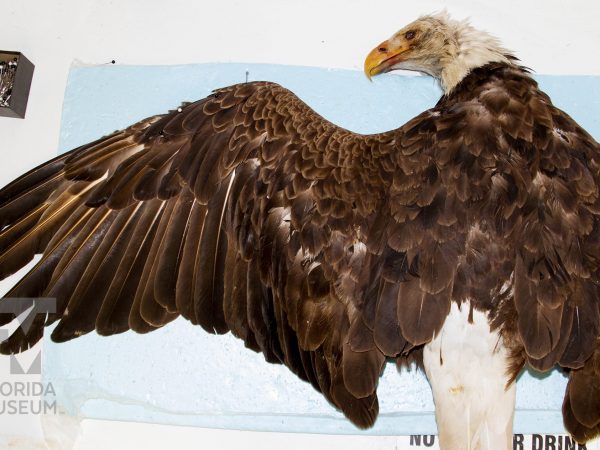Best way to learn about island biology? Live on an island
Mud in your shoes and a squirming turtle in hand may not sound like a typical college class, but for…
Read More
Five Facts: Megalodon
Carcharocles megalodon, often just called megalodon, was the largest shark to ever live in our oceans. But what do we…
Read More
Five Facts: Geophytes
Every day, without even realizing it, you come into contact with geophytes. By just walking around the grocery store, you…
Read More
Houses of silk, poop and plants: Meet the sack-bearer moths
Ryan St Laurent, a doctoral student at the Florida Museum’s McGuire Center for Lepidoptera and Biodiversity, studies an obscure, strange…
Read More
Butterfly expert Thomas Emmel has died
The Florida Museum is shocked and saddened by the passing of Thomas Emmel, our colleague and friend, who died over…
Read More
40 years of friendship, 70,000 specimens: Amateur entomologists donate lifetimes’ worth of butterflies and moths
As a 4-year-old, butterfly net in hand, Ed Knudson set out to catch insects in his neighborhood. Little did he…
Read More
Teachers receive fossils, create lesson plans at museum workshop
Florida Museum of Natural History researchers and amateur paleontologists teamed up to give K-12 teachers a crash course that came…
Read More
NSF grant will improve digital access to museum vertebrate fossils
The Florida Museum of Natural History recently received a $500,000 collections grant from the National Science Foundation to improve online…
Read More
New butterfly species discovered nearly 60 years after it was first collected
In 1959, a then-teenage lepidopterist Thomas Emmel collected 13 fawn-colored butterflies in the highlands of Mexico. Nearly 60 years later,…
Read More
#MuseumLife, Bald Eagle Specimen
Bald eagle Scientific name: Haliaeetus leucocephalus Specimen: UF-O-52443 Although bald eagles were on the brink of extinction due to habitat loss…
Read More
